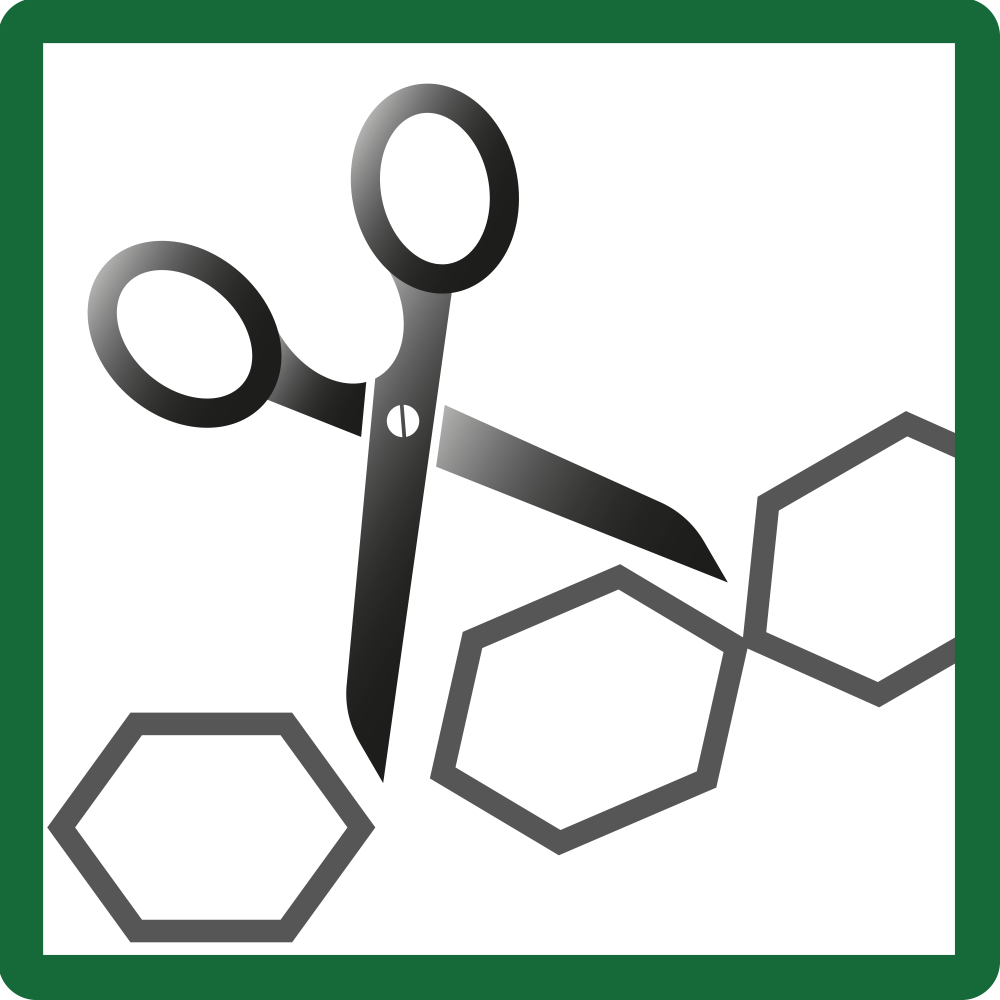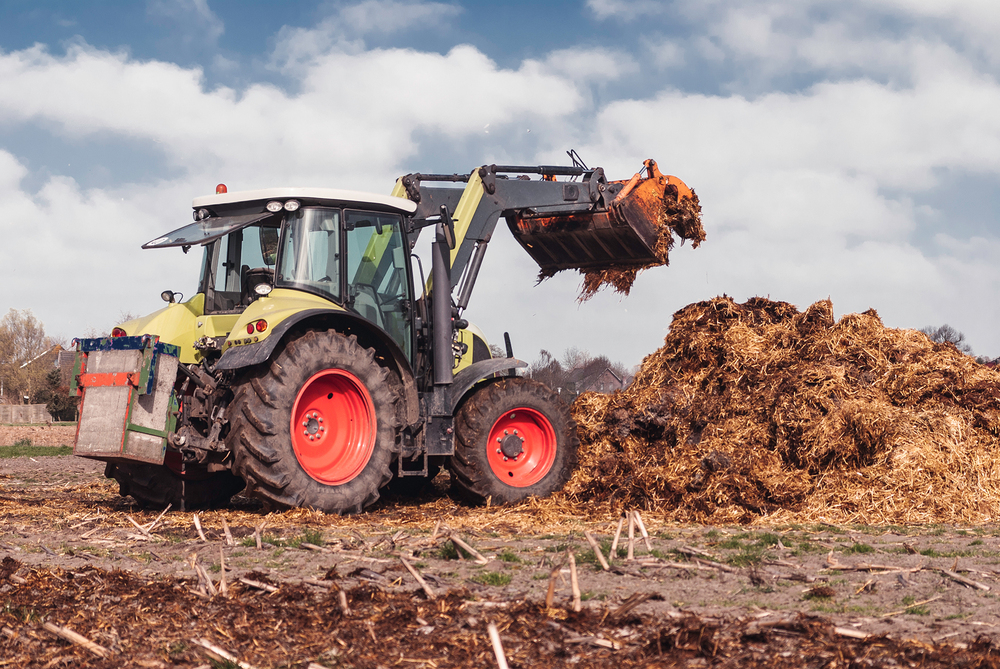
Enzymes & flow improvers
Product overview 2023
| Filename | Filetype | Filesize | Aktion |
|---|---|---|---|
| Download - BioEnergy Product overview | 1,93 MB | Download |
Enzymes and flow improvers
Even high-fibre substrates such as grass, whole-crop silages, manure, sorghum or sunflowers are readily available by bacteria in the biogas plant. Problems only arise with increasing hydraulic load and decreasing retention time; the reason being that cellulose and hemicellulose, unlike many other high-molecular sugar chains, are degraded only slowly. However, particularly at short retention times, rapid degradation is of the essence, otherwise undigested substrate - i.e. your return on investment - vanishes from heated digester volume into digestate storage.
Insufficient degradation can cause floating and sinking layers in the digester, increase viscosity, increase wear on the pumps and agitators, and make mixing more difficult. Poor mixing leads to gradient formation such as differences in temperature, substrate concentration or organic fermentation acids which can no longer be compensated. Homeostasis in the digester is disrupted and bacterial metabolism slows down.
This is where Schaumann BioEnergy's flow improvers and enzymes come in. A lack of digester volume in relation to the installed electrical power and the associated feeding volume can be compensated by enzymes. Enzymes accelerate feedstock degradation creating a virtual retention time extension. The bacterial enzymes working in the fermenter are specifically supported by a wide range of fungal biocatalysts.
The use of enzymatic products is recommended in plants with high dry matter contents and associated viscosity problems. Prior to the use of enzymes, an accurate recording of a wide range of plant and substrate parameters is required, which is carried out by the Schaumann biogas specialist consultant. The analysis results tell us which enzyme components to incorporate into a bespoke formulation or which standard product would fit the bill.



